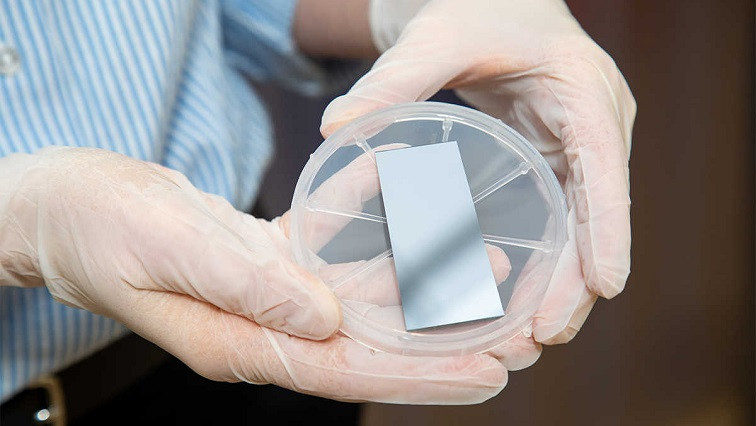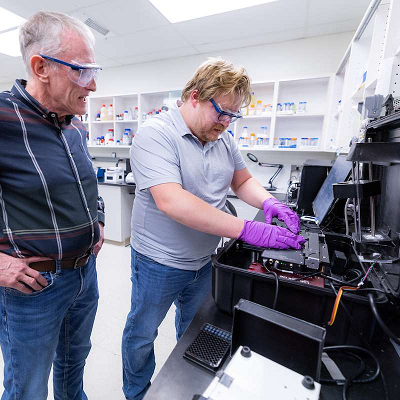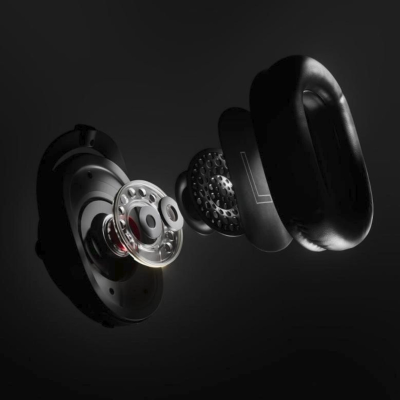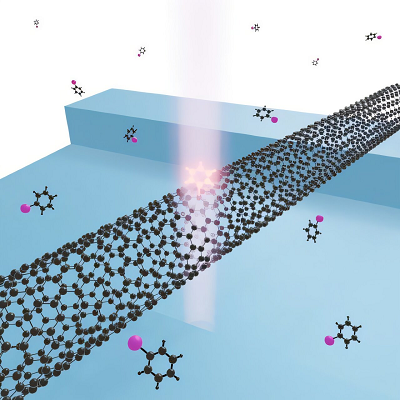Changing the charge of particles simplifies and enhances detection and analysis capabilities. Dr. Jianliang Lin of the Institute’s Mechanical Engineering Division and Dr. Justyna Sokół of SwRI’s Space Science Division lead the multidisciplinary project. The project builds on the successful creation of conversion surfaces for the IMAP-Lo instrument for the Interstellar Mapping and Acceleration Probe (IMAP) spacecraft. IMAP, which is set to launch in 2025, will help researchers better understand the boundary of our heliosphere, the region of space encompassing the solar system, where the solar wind has a significant influence.
“When low-energy atoms enter the instrument from outer space, they bounce off the conversion surface and either gain or lose an electron, making their electrical charge unbalanced. This makes it easier to increase their speed and analyze their mass and other properties,” Sokół said.
It is vital that these surfaces must maintain their conversion efficiency over the course of sometimes decades-long missions.
“The thickness of the conversion surface is typically less than 50 nanometers, more than 1,000 times thinner than a human hair,” Lin said. “The surface also must be as smooth as possible — close to perfect. If the surface is not smooth enough, particles will be slowed by energy scattering, which makes it much more difficult to detect and analyze their properties.”
Building on research conducted at The University of Bern, Lin and Sokół are now working to create even more effective conversion surfaces made of cadmium telluride (CdTe) and zinc selenide (ZnSe).
“Cadmium telluride and zinc selenide thin films are novel materials for conversion surfaces that could potentially reduce angular scattering on the surface to ultimately improve the conversion effectiveness,” Lin said.
SwRI has succeeded in creating a thin ZnSe film that meets standards for smoothness. The next phase will test the material’s effectiveness as a conversion surface.
“SwRI is uniquely capable of tackling this kind of challenge, with considerable expertise in spacecraft instrumentation and in developing thin films,” Lin said. “That interdisciplinary collaboration made this happen, and that is why we feel confident we can make better, more effective conversion surfaces.”
Read the original article on Southwest Research Institute (SwRI).







